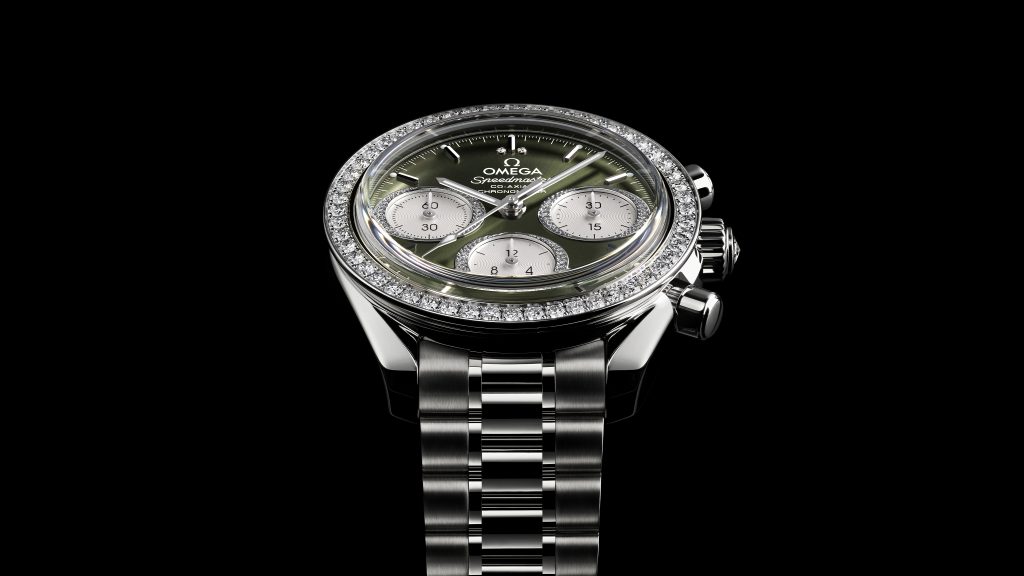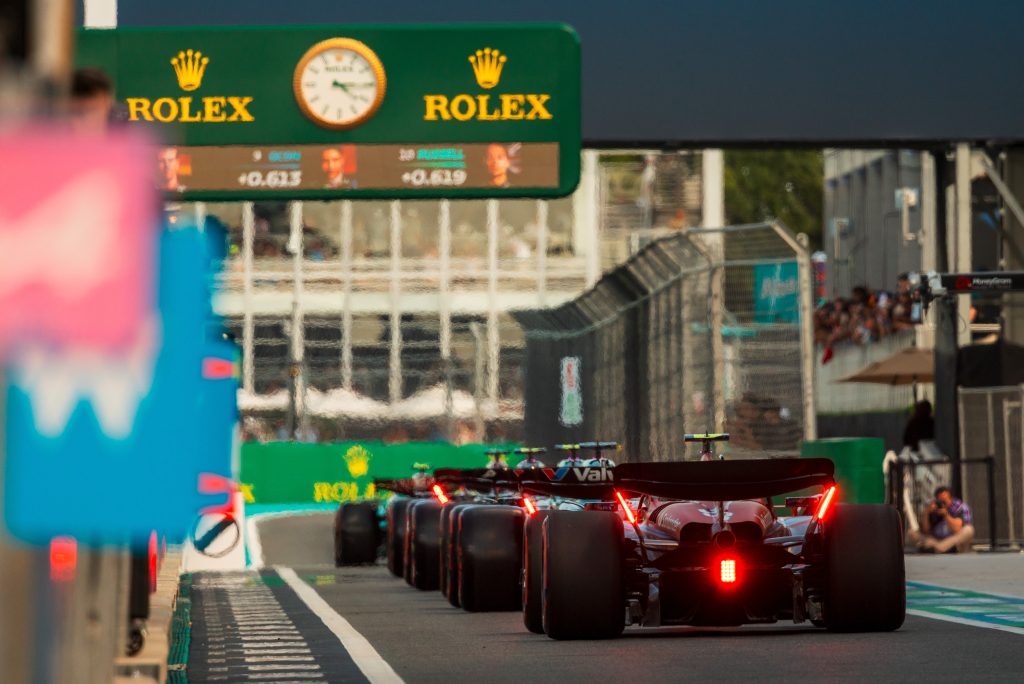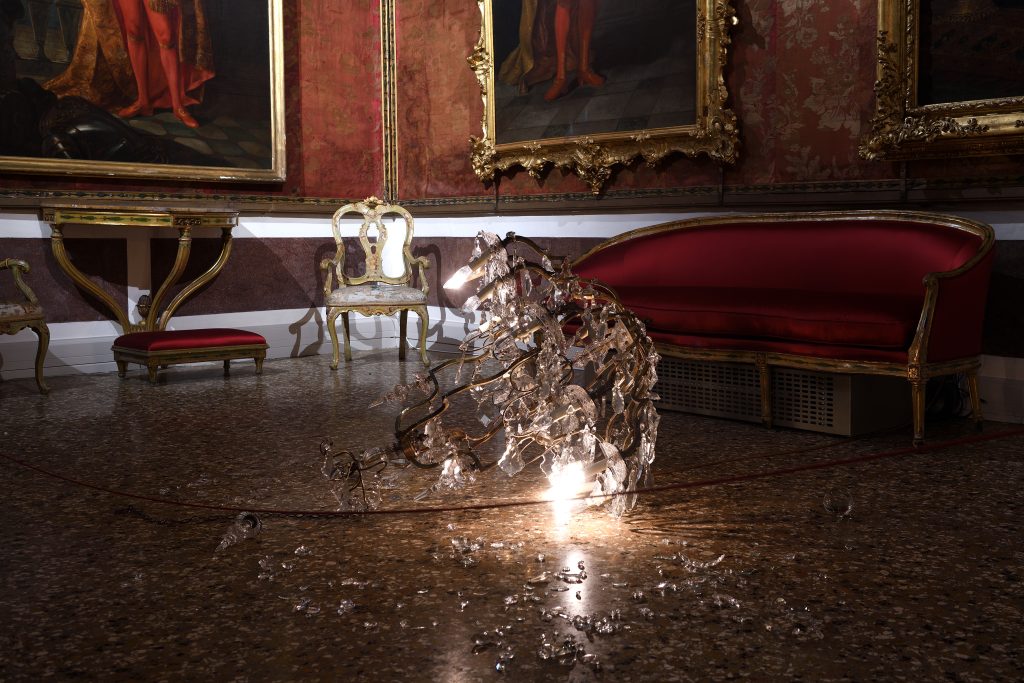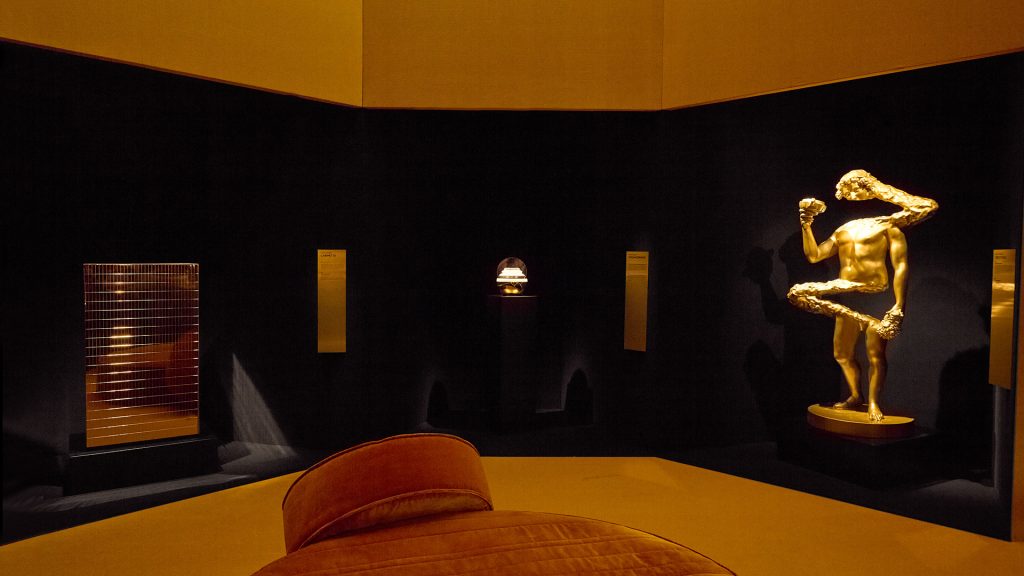Venice Architecture Biennale 2021: Nature as the Ultimate Architect
Many of this year’s participants looked to the natural world for their innovations

The 2021 Venice Architecture Biennale was destined to be a memorable event for a multitude of reasons. Perhaps the most obvious: it’s one of the first international events open to the public since the start of the COVID-19 pandemic. After so many months of lockdowns, forced closures and virtual viewing rooms, an occasion like this—meeting with new and old peers—was undoubtedly a strange and exhilarating experience. Partly for this reason, the year’s theme, “How will we live together?,” takes on a new, much deeper and emotional, meaning.
Since the Architecture Biennale was supposed to occur one year ago, walking through the exhibitions now, it is clear that many projects have naturally changed, grown and matured. It feels like a gigantic work in progress, or even part of a social experiment.

According to curator Hashim Sarkis, “together” includes human connections and our ties with nature. Although it is an architecture exhibition, this year’s Biennale boasts just a few buildings and purely architectural projects. Instead, the focus is on relationships rather than structures. And very often, nature is presented as a masterful architect that creates the strongest, most evocative relationship. At the two main locations, Giardini and Arsenale, the works on display illustrate many possible ways of living with and learning from nature—be it materials to structures, construction methods, balance and beyond.

Rotterdam-based Tomáš Libertíny’s Studio Libertíny aims to work side by side with bees, while also taking notes from the remarkable builders. For their project, bees produced honeycomb around pre-designed structures and the resulting forms were then scanned using computer tomography and replicated into large-scale installations, like arches and domes. Also displayed by the studio, at Arsenale, is a stunning replica of the famous Nefertiti bust, made with the help of 60,000 bees.

Vienna-based MAEID [Büro für Architektur und transmediale Kunst] installed “Magic Queen,” at Arsenale, an environment composed of organic and human-made materials. A moving robotic arm at the center feeds fungal flora, creating soil structures. Visual, auditory and olfactory sensors inform the robotic device, whose algorithms act according to how its surroundings behave.

With a somewhat similar approach, Doxiadis+ (an Athens studio that specializes in innovative landscape architecture) began collecting spores from the rooms of Arsenale months ago. Bringing them back to Greece, they grew them in a University of Athens lab. The result is “Entangled Kingdoms,” a mesmerizing fungi garden through which we can consider the beauty and the critical role of the humble but phenomenal mushroom.

London-based ecoLogicStudio‘s Bit.Bio.Bot installation is part exhibition, part science experiment and encourages viewers to taste freshly harvested algae. The project was developed over 10 years, with a steep acceleration during the pandemic. Through photosynthesis, domestic cultures of microalgae can turn pollution into food, clean water and even help purify air. Walls are “insulated” with algae at this exhibition, and the studio’s co-founder Claudia Pasquero tells us, “If we—collectively, daily and locally—contribute to transforming air pollutants and water contaminants into highly nutritious aliments, there will be fewer opportunities for unbalanced viral ecologies to exploit unsustainable food supply chains and polluted atmospheres to reach our organism and cause us harm.”

Achim Menges and Jan Knippers drew some inspiration from spiderwebs and beaver dams for their striking “Material Culture: Rethinking the Physical Substrate for Living Together,” which rethinks load-bearing structures made from fiber composites—namely carbon and glass fiber. The prototype on display aligns with the United Nations’ request for new building methods focusing on saving water, lowering costs while being durable and high resistance.

At the National Pavilion of United Arab Emirates, “Wetland” displays a structure made of 3000 modules in interlocking shapes that are reminiscent of ancient rural construction methods. However, it’s built with an experimental, environmentally friendly cement crafted from industrial waste brine—a common element in a country where water desalination is highly practiced. Visitors can walk through the structure, an experience that’s accompanied by a three-minute soundtrack explaining the process.

The 17th International Architecture Exhibition is open to the public through 21 November 2021. Since access is limited, we strongly recommend buying tickets and tours in advance at the official Biennale ticket office.
Hero image courtesy of ecoLogicStudio © Marco Cappelletti












